I’ve played Marvel Snap every day since it came out, and these are the best Marvel Snap beginner decks I’d recommend right now
Stripped-back archetypes that still perform well
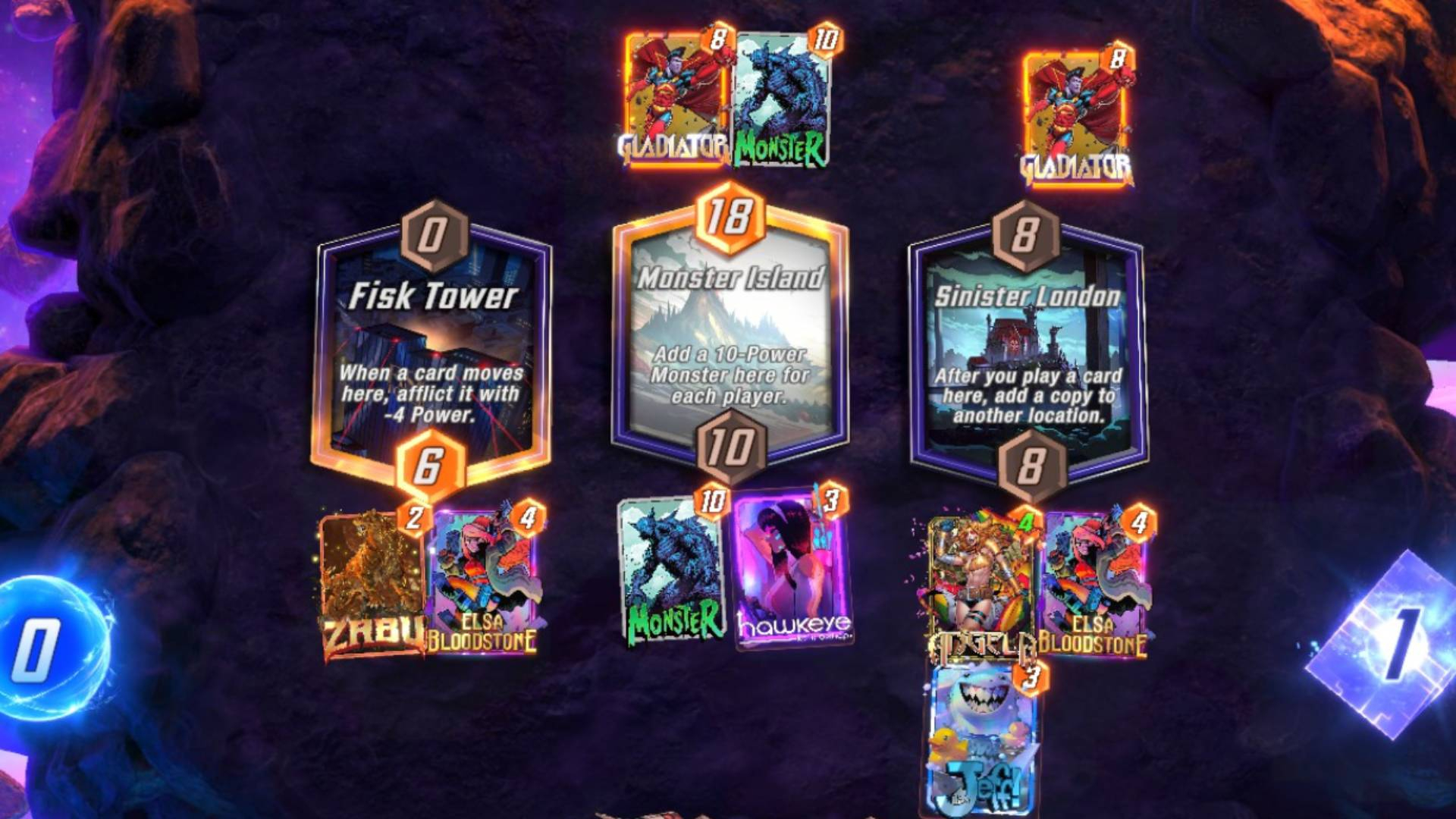
New Marvel Snap players only have access to a fraction of the cards longtime veterans do, thanks to the game's progression system.
Cards are segmented into five series, indicating how rare that card is or how difficult it is to acquire. New cards are added on a weekly basis, and most enter the game in series five.
Thankfully, the series a card is in has no bearing on how strong it is in the meta, and since you'll roughly be matched up against players at a similar progression point to you, being a new player doesn't mean you're at a disadvantage. Once your series two is complete and you start collecting series three cards, you have access to some of the most powerful deck archetypes, even if you don't have every card required for a given optimal deck list.
I've played thousands of hours of the game, so I am well-positioned to give some tips on what the best decks for beginners in Marvel Snap are. Below is my selection of exactly that, using cards exclusively from the first two series, with some tips on how to play them and potential substitutions if you're missing any of the cards, or once you start progressing through series three.
Best Marvel Snap beginner decks
On Reveal
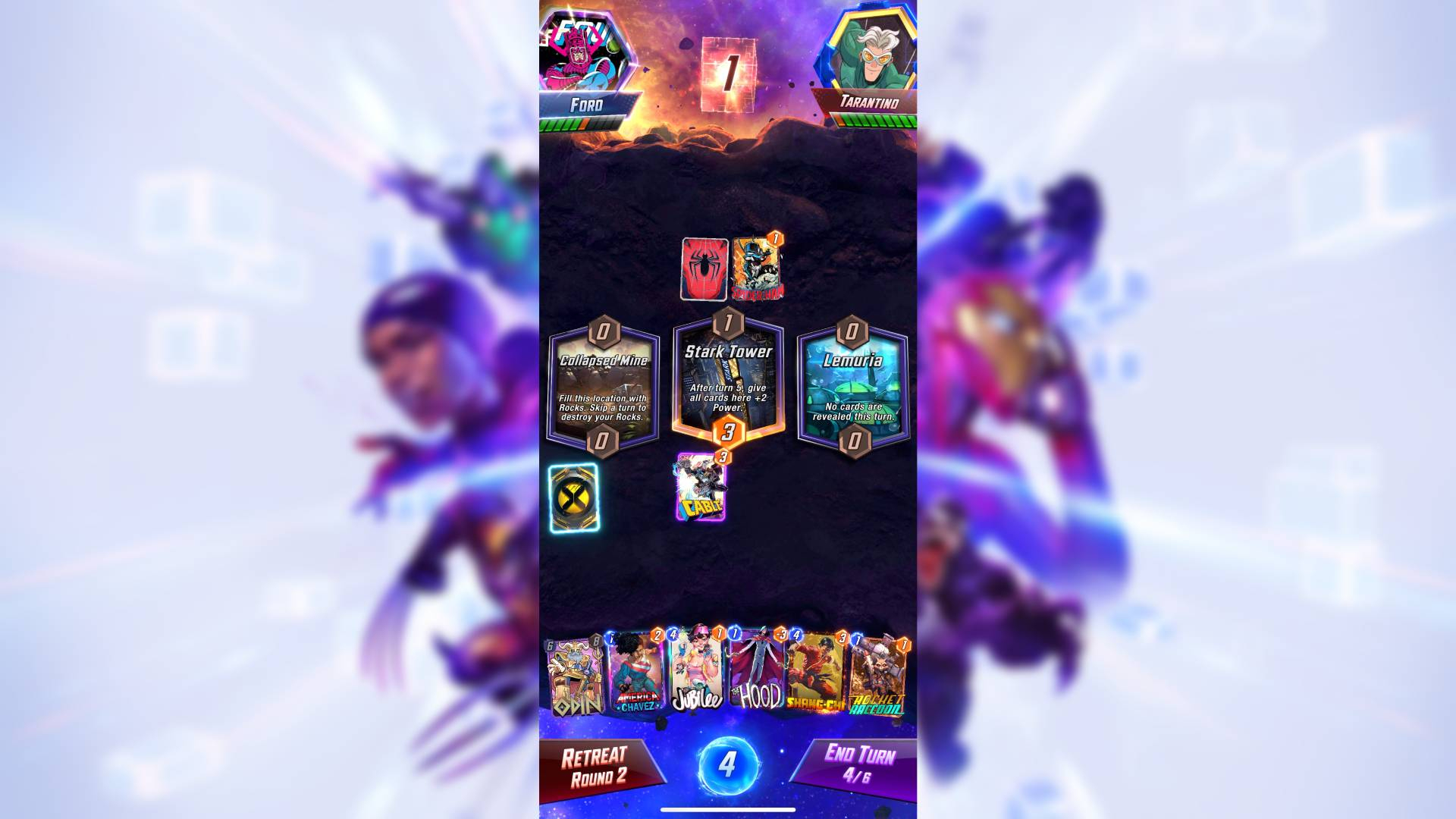
- Hawkeye
- America Chavez
- Iceman
- Rocket Raccoon
- Medusa
- Cable
- Groot
- White Queen
- Jubilee
- Shang-Chi
- White Tiger
- Odin
Potential substitutions: Agent 13, Korg, Forge, Star-Lord, Scorpion, Ironheart, Wong, Absorbing Man, Jessica Jones, Spider-Woman, Doctor Doom
This deck features exclusively series one and two cards, and focuses solely on one mechanic: On Reveal. This means every card's ability happens when you play it, and while playing cards on curve isn't as important compared to some other card games, this deck allows you to maximize your energy usage each turn.
It's fairly simple to pilot, but make sure you hang onto Rocket Raccoon and Groot until your opponent has played a few cards, so it's easier to predict where they'll play next.
Sign up for breaking news, reviews, opinion, top tech deals, and more.
Ongoing Kazoo
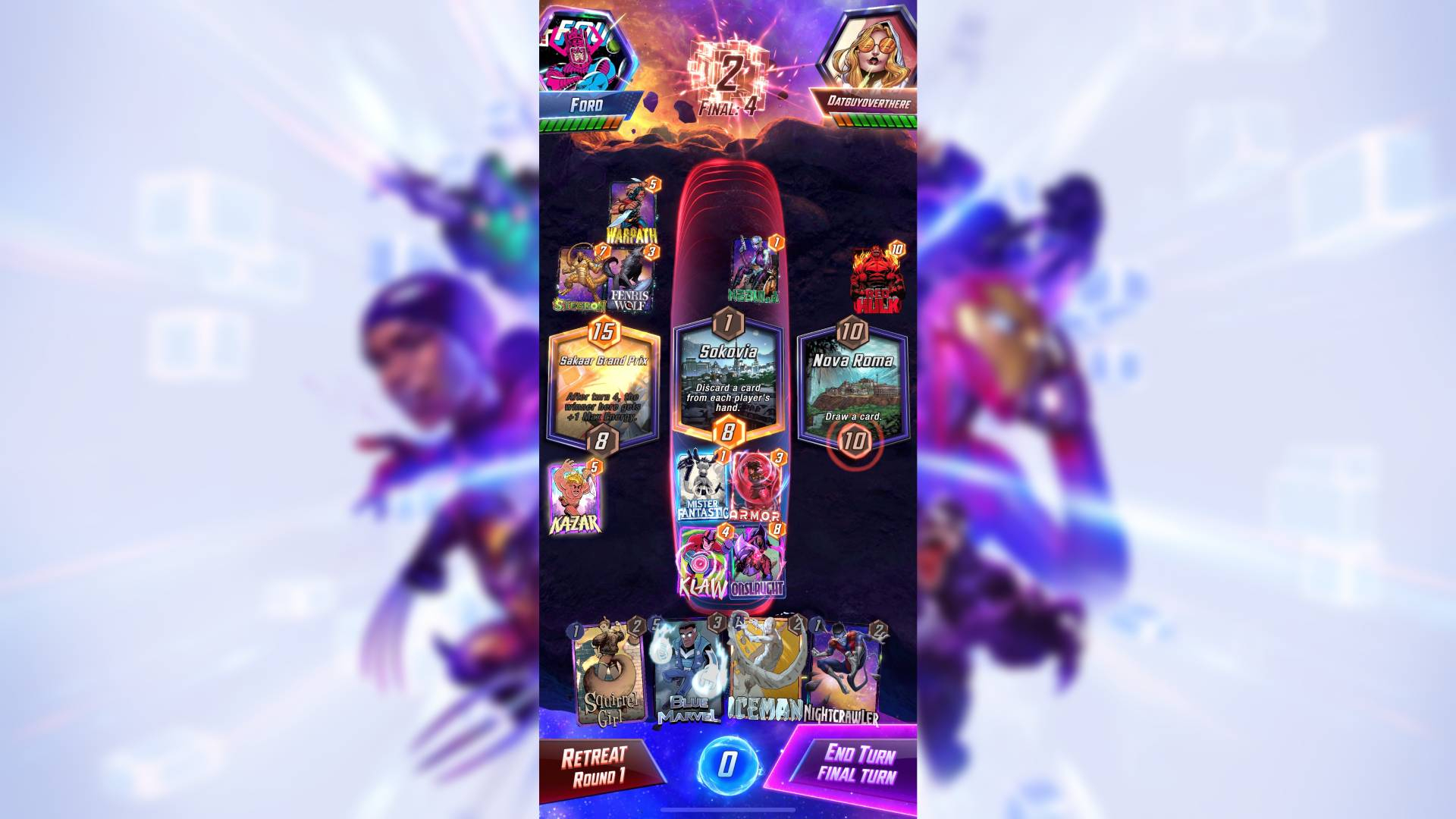
- Ant-Man
- Iceman
- Nightcrawler
- Squirrel Girl
- Armor
- Lizard
- Mister Fantastic
- Cosmo
- Kazar
- Blue Marvel
- Klaw
- Onslaught
Potential substitutions: Goose, Mojo, Luke Cage, Captain America, Mobius M. Mobius, Punisher, Omega Red, Namor, Sera, Spectrum
Ongoing is the other core mechanic introduced early on to new players, and the Kazoo archetype utilizes Kazar to buff your one-cost cards. Get Kazar, Blue Marvel, and Onslaught down on the same lane, and the rest of your board will be stronger than you could ever imagine.
As long as you have priority by winning the board at the start of each turn, Cosmo is a huge help as a counter to your opponent's On Reveal effects, too.
Big Hand
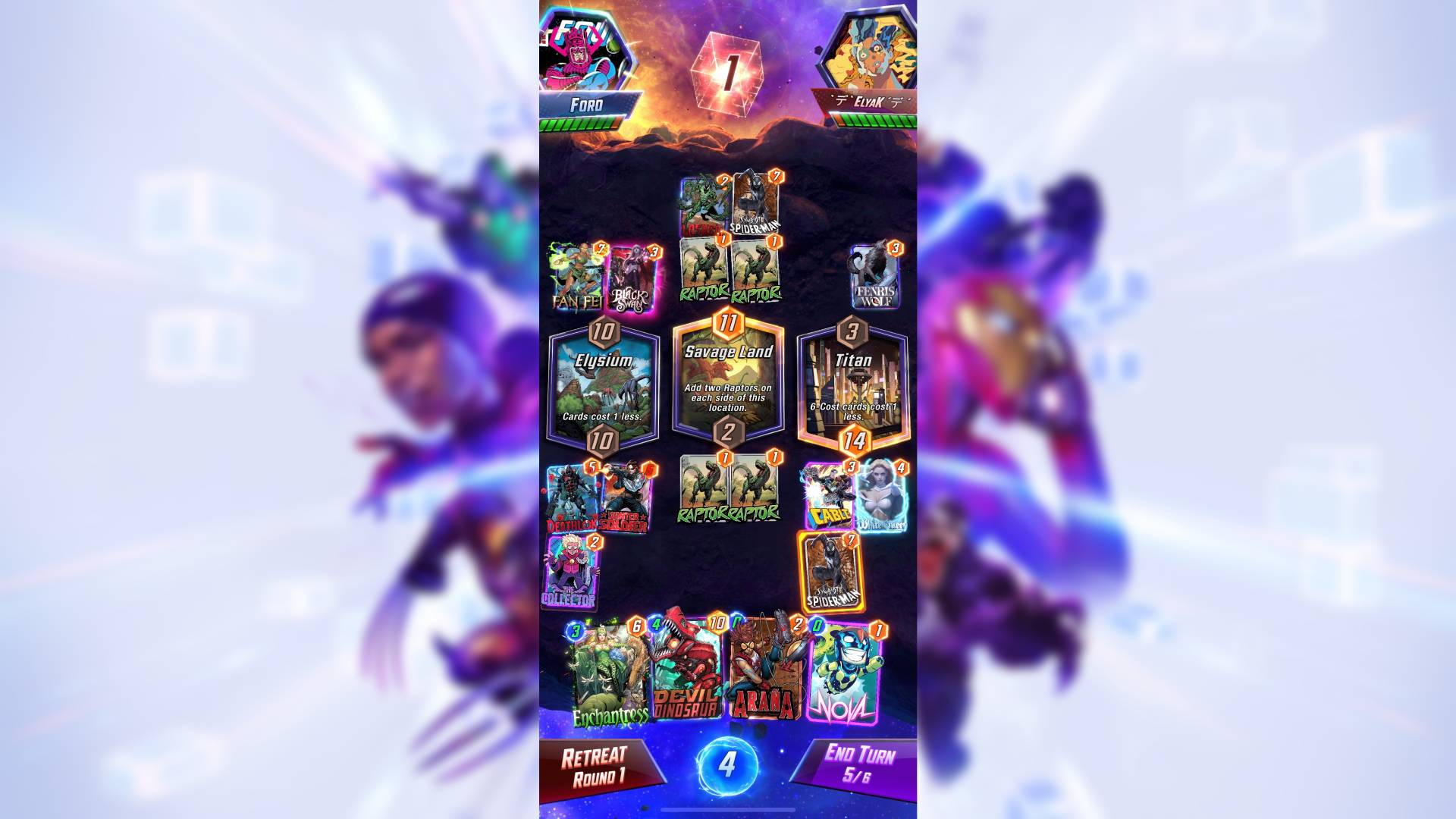
- Nova
- Agent 13
- Bucky Barnes
- Carnage
- The Collector
- Cable
- Sentinel
- White Queen
- Deathlok
- Moon Girl
- Enchantress
- Devil Dinosaur
Potential substitutions: The Hood, Snowguard, Mantis, Maria Hill, Mirage, Mystique, Killmonger, Nakia, Nick Fury, Odin
When you reach series three and start unlocking a few more cards, the Big Hand archetype becomes a lot more viable. Cards such as The Hood, Snowguard, Maria Hill, Mirage, and Nick Fury are all effective card generators to fill your hand, while Mystique is huge for copying Devil Dinosaur's ability. However, while you're still in series two, you can combine Big Hand with the Destroy archetype thanks to Nova, Bucky Barnes, Carnage, and Deathlok.
Your main goal here is to play Devil Dinosaur on your last turn with as many cards in your hand as possible, while stacking enough power on another lane to ensure you win two overall. It's fairly simple, but be wary of Shang-Chi, Enchantress, or Rogue as a counter.
Move
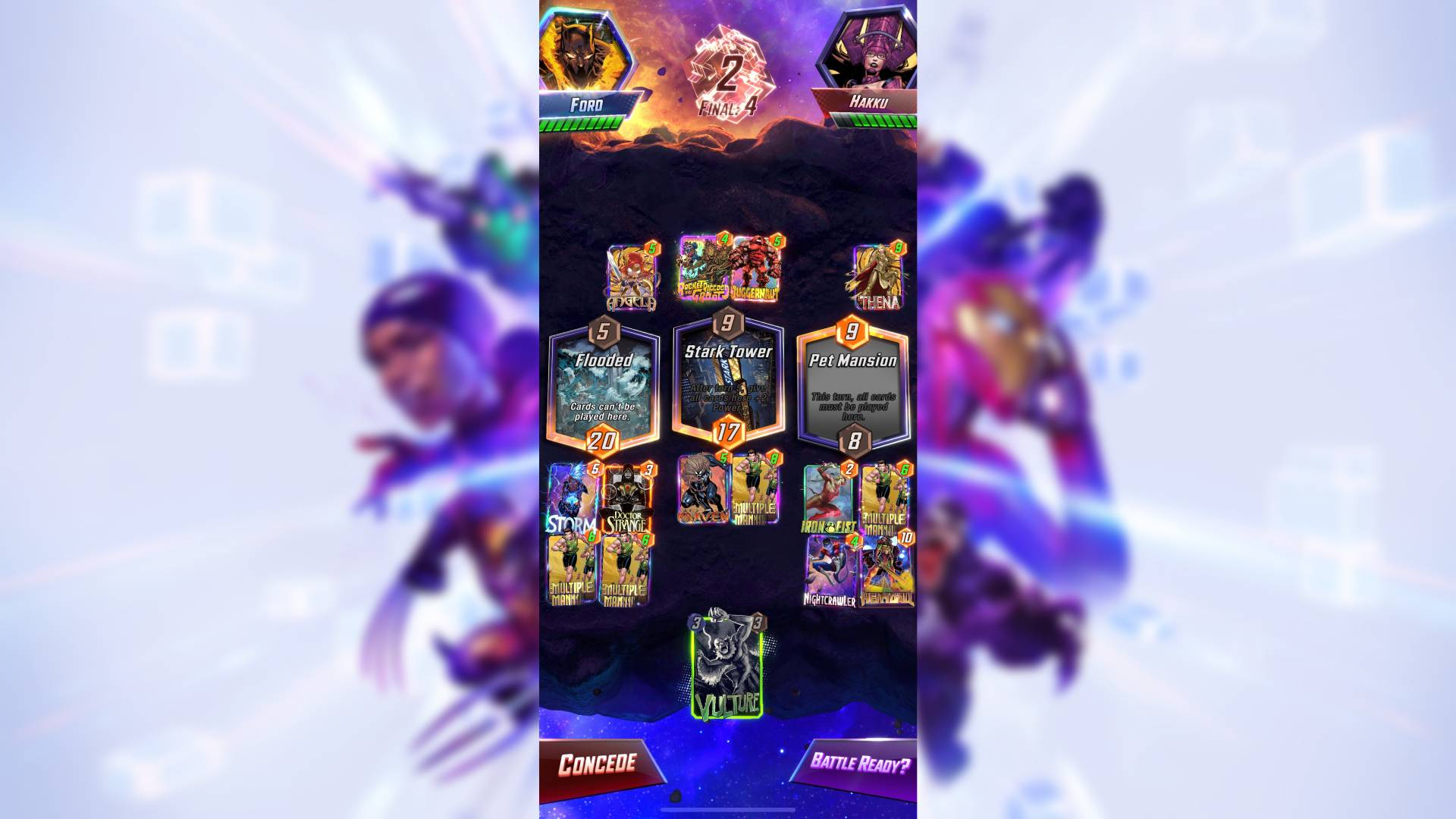
- Iron Fist
- Nightcrawler
- Forge
- Doctor Strange
- Hulk Buster
- Kraven
- Multiple Man
- Cloak
- Vulture
- Storm
- Vision
- Heimdall
Potential substitutions: Ghost-Spider, Human Torch, Dagger, Spider-Man, Silk, Professor X
When I first started playing Marvel Snap, Move was the archetype that I saw the most success with in the early days because you can make a very solid, if not somewhat predictable, Move deck with the cards available. It becomes stronger in series three, but if you can land either Forge or Hulk Buster onto Multiple Man and move it multiple times, your opponent doesn't stand a chance.
Discard
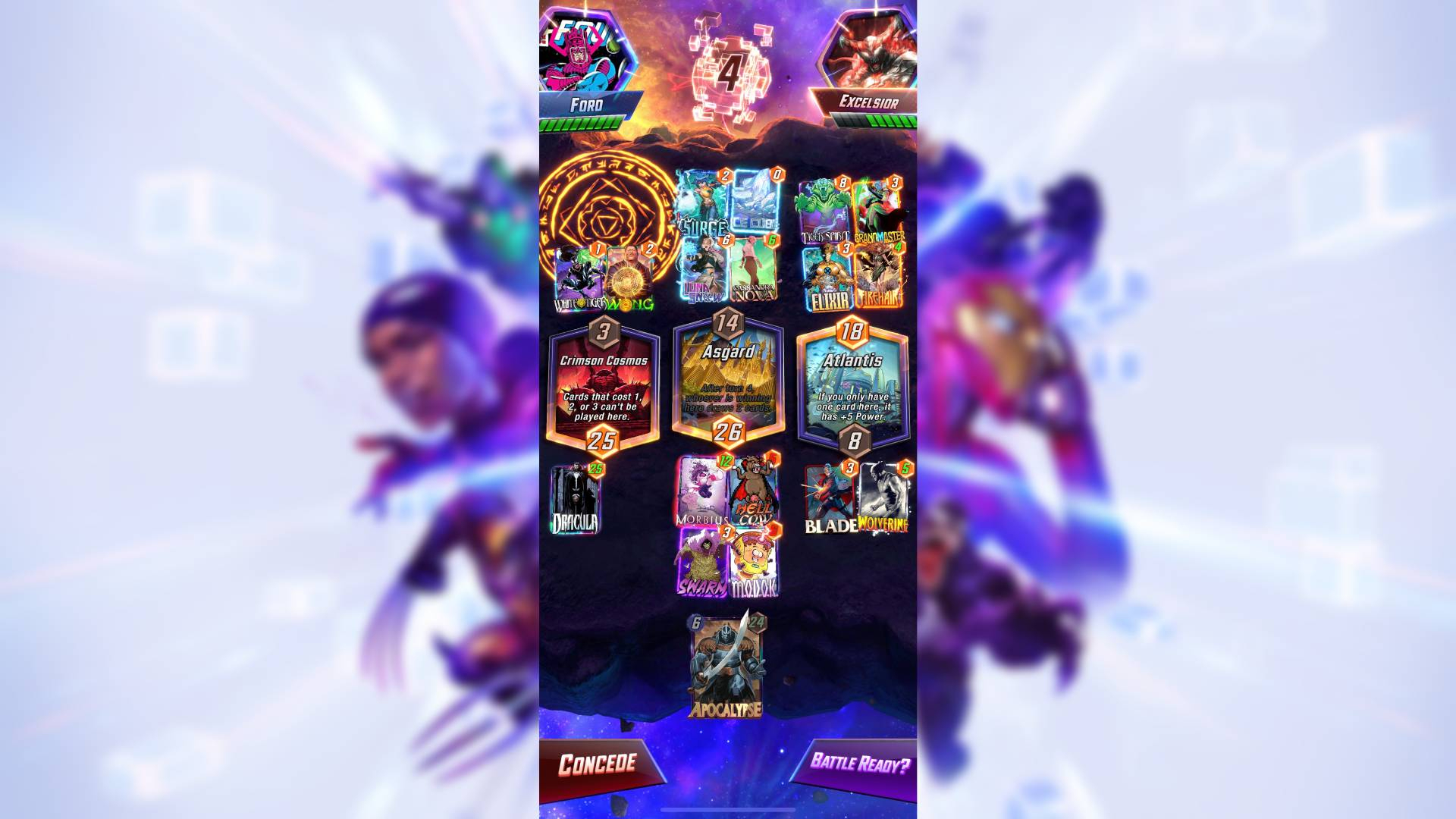
- Blade
- Morbius
- Colleen Wing
- Swarm
- Wolverine
- Gambit
- Lady Sif
- Sword Master
- Dracula
- Hellcow
- Modok
- Apocalypse
Potential substitutions: Moon Knight, Ghost Rider, Silver Samurai, Hela, Helicarrier
My final beginner deck suggestion features a few cards from series three because, unfortunately, running a successful series two-exclusive Discard deck isn't possible. However, if you're in the starting blocks of series three and you're able to target a few specific cards in the shop, Discard is mostly earlier cards, so it shouldn't take long.
Your goal needs to be to have a powered-up Apocalypse as your only card in hand at the end of the game, so Dracula gains its power, and you have enough cards across the rest of the board. Modok is crucial for this, since it discards your entire hand in one go; just make sure you're not also discarding Swarm, as this makes it much less likely for Dracula to target Apocalypse.
With these decks in mind, you should be able to reach a relatively high rank while still building up your collection on Android. Keep taking advantage of the free credits and tokens available in the shop, and before long, you'll have myriad options at your disposal.
You might also like...
- The best gaming phone 2025: top mobile game champions
- The best Android tablets 2025: powerful tablets for every budget
- The best iPad 2025: top Apple tablets to consider right now

Ford is a freelance gaming journalist with a deep interest in a variety of genres and games. He has bylines at some of the biggest publications in the business including Polygon, GamesRadar+, PC Gamer, GameSpot, and Eurogamer. Prior to going freelance, he held editor positions at VideoGamer, PCGamesN, and GGRecon.
You must confirm your public display name before commenting
Please logout and then login again, you will then be prompted to enter your display name.